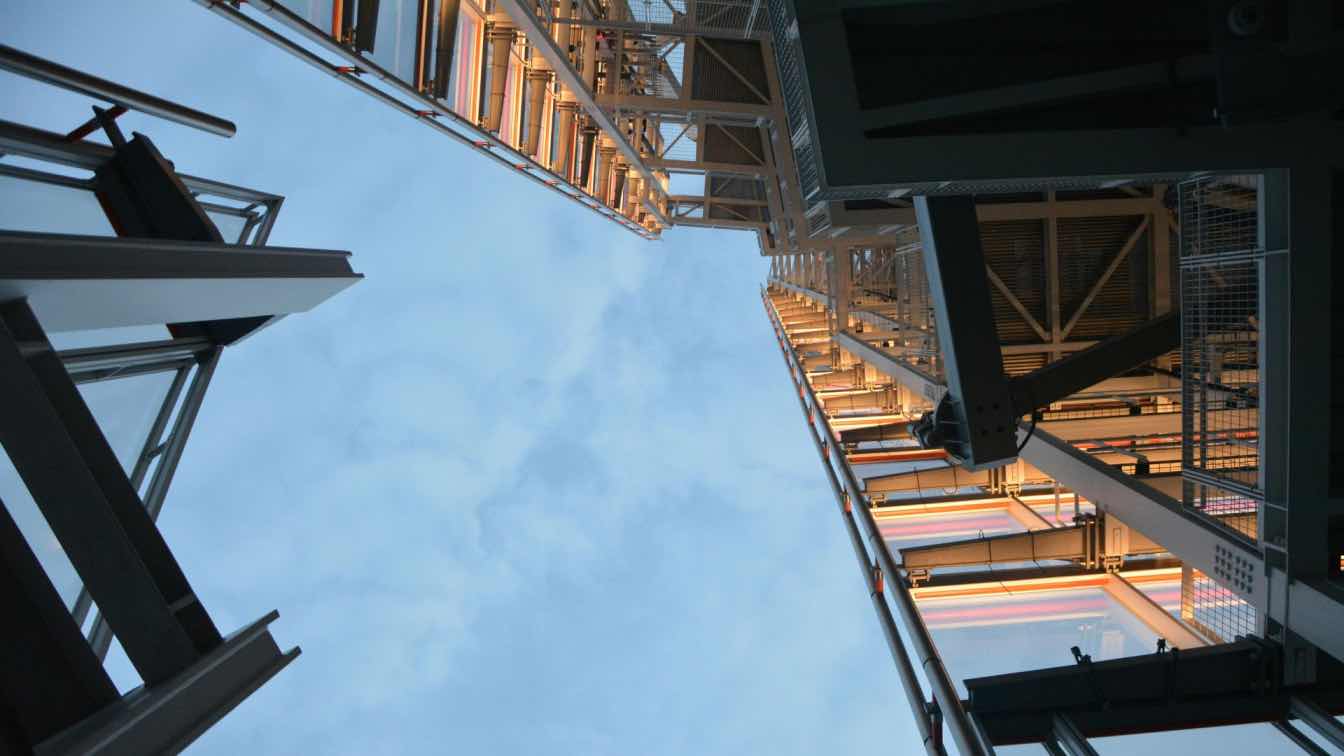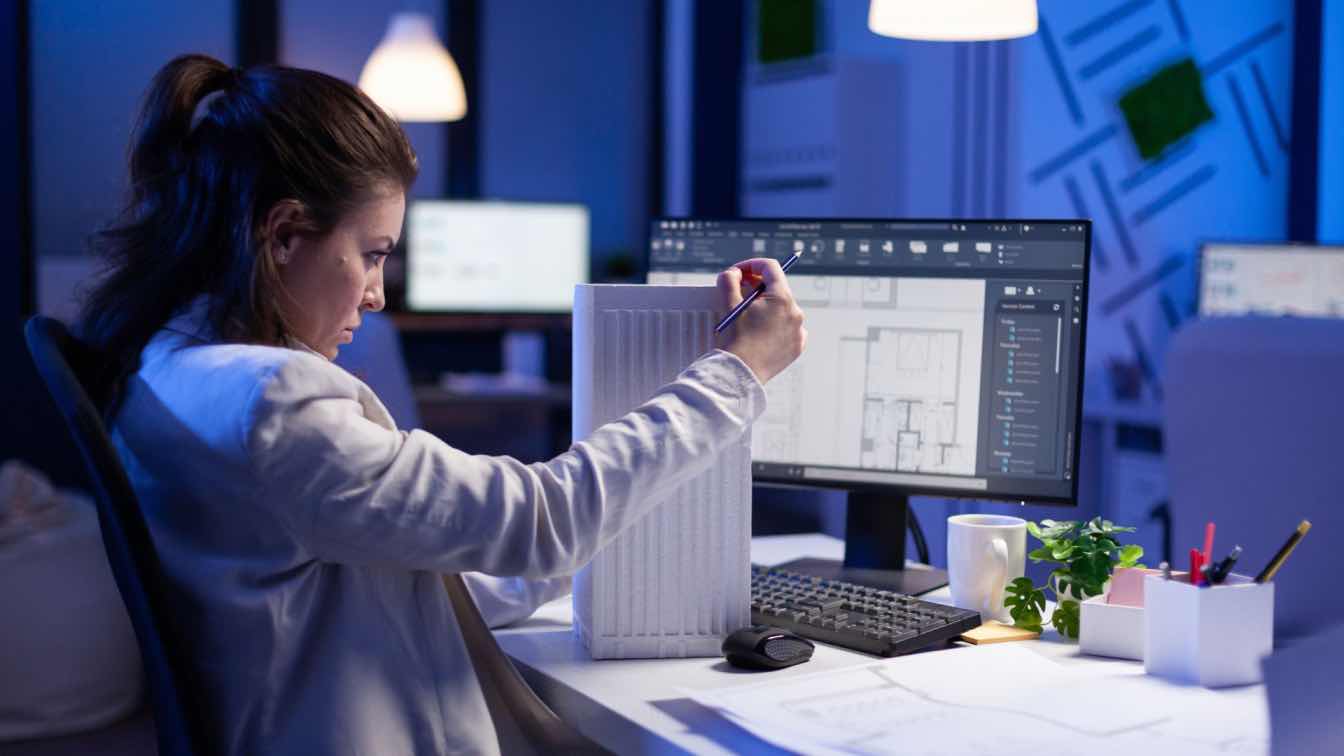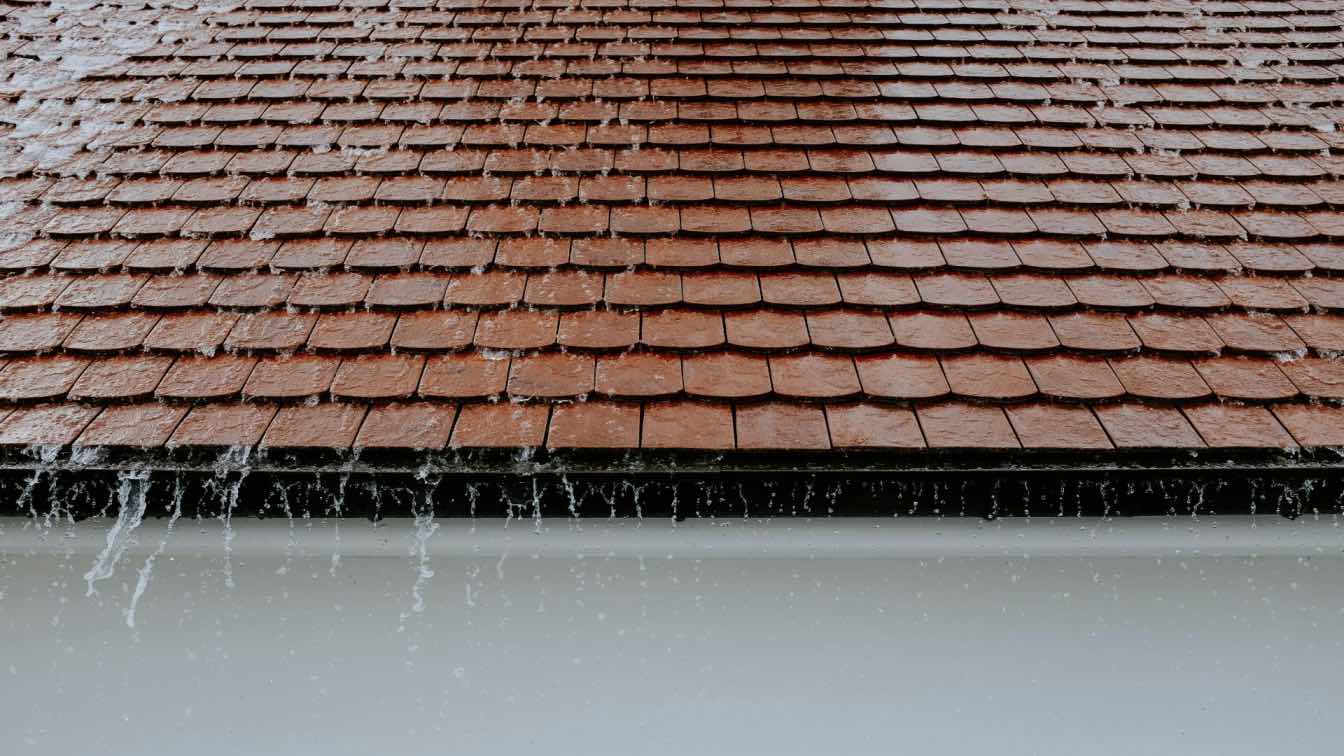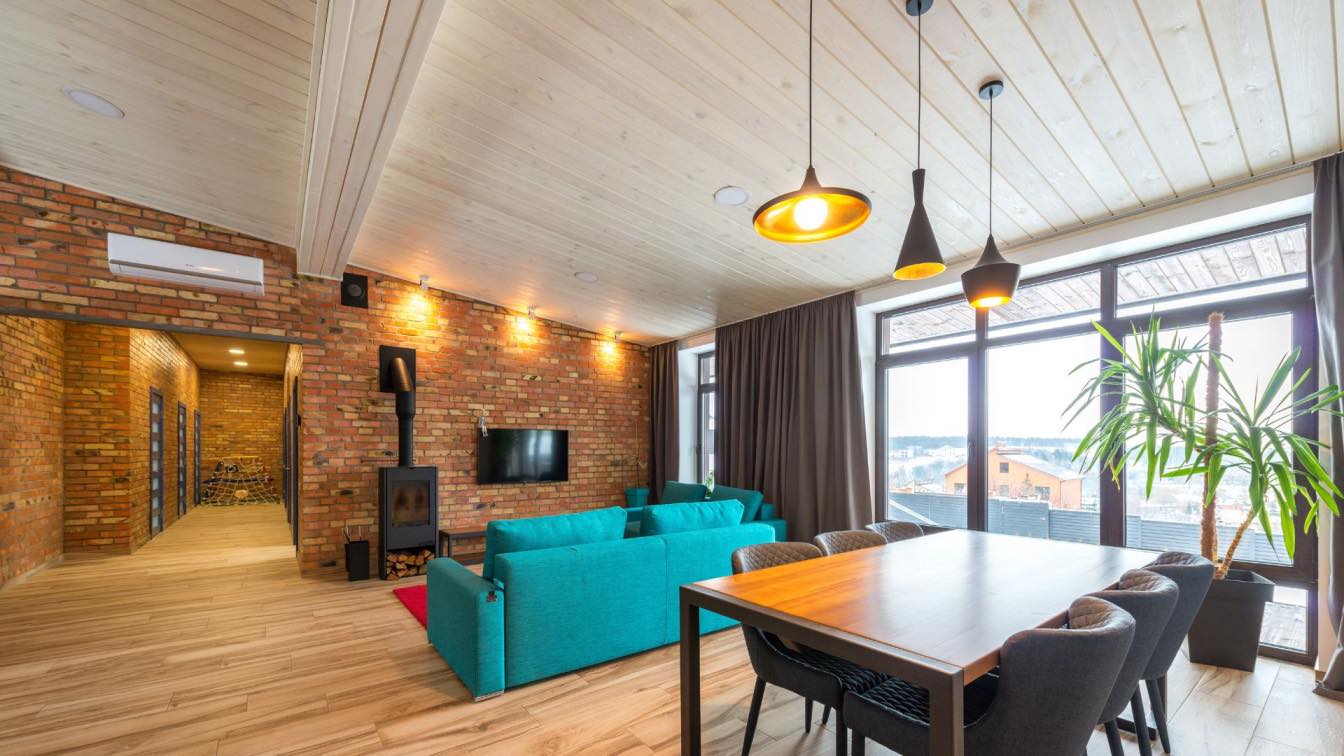In the modern built environment, architecture is more than form—it’s an experience. The way people move through a space, how natural light animates interiors, how materials feel under hand: these are the details that define memorable places.
Yet for all the brilliance of design, it is construction that translates drawings and models into reality. When stunning architecture meets flawless construction, the result is an elevated spatial experience that engages the senses, supports well-being, and endures over time.
In this article, we explore how architecture and construction harmonize to deliver exceptional spaces, with insights for architects, builders, and clients seeking to create environments that are as functional as they are beautiful. Whether you’re designing a hospitality venue, retail environment, or corporate headquarters, the partnership between visionary architects and top-rated construction experts for office spaces is essential for creating places that inspire and perform.
The Interplay Between Architecture and Construction: More Than Form Meets Function
At its best, architecture provides a vision—a synthesis of creativity, culture, site context, and client aspiration. But vision alone does not create a space people can inhabit. Construction is the essential act of translation: the moment where concept becomes built form.
When architecture and construction are fully aligned:
Design intent is preserved without compromise.
Material performance matches aesthetic ambition.
Construction sequencing respects the spatial experience, e.g., how finishes are layered, how transitions between materials are crafted.
Technical challenges—from load paths to waterproofing to HVAC integration—are resolved in ways that enhance rather than detract from the design.
This is not just collaboration; it is symbiosis.
Why Spatial Experience Matters More Than Ever
The physical spaces provide what screens cannot: immersion, tactility, and emotional resonance. Spatial experience defines how people feel in a place—and influences everything from productivity in workplaces to relaxation in homes, to delight in hospitality settings.
Leading architectural thinkers, such as Juhani Pallasmaa (The Eyes of the Skin) and Peter Zumthor (Atmospheres), emphasize that architecture speaks through experience: through light, shadow, acoustics, scent, and touch. But this sensory richness depends on construction that:
Executes details precisely (e.g., tight material joints, clean reveals)
Implements technical systems invisibly (e.g., hidden lighting tracks, flush vents)
Manages tolerances tightly so that designs align perfectly in the built environment
Key Pillars of Flawless Construction That Elevate Design
Let’s look at the elements of construction that most profoundly impact spatial experience—and how they support architectural vision.
1️⃣ Material Integrity
When a design calls for exposed concrete, natural stone, timber, or hand-applied plaster, the construction team’s skill determines whether these materials truly sing. Poor workmanship leads to:
- Uneven textures
- Cracking or premature aging
- Visible joins or misalignments that disrupt visual flow
Flawless construction ensures materials not only look beautiful on day one, but age gracefully—essential for creating spaces that stand the test of time.
2️⃣ Precision in Detail Execution
Spatial experience lives in the details. Think of:
- A door jamb flush with a wall plane
- A hidden pivot hinge that lets a door float
- A shadow gap that gives a ceiling a sense of lift
Such elements demand construction precision down to the millimeter. This requires advanced layout, skilled tradespeople, and continuous quality control.
3️⃣ Seamless Systems Integration
Lighting, HVAC, AV, and life safety systems are vital to comfort and code compliance—but their integration must not disturb the purity of design. Flawless construction ensures:
- Minimalist grilles, linear diffusers, or concealed systems
- MEP (mechanical, electrical, plumbing) coordination that anticipates spatial priorities
- Technology that enhances rather than competes with architectural expression
4️⃣ Masterful Sequencing and Coordination
Even the most refined design will falter if construction is mis-sequenced. For example:
- Installing millwork before finalizing MEP rough-ins may force costly rework.
- Premature installation of finished surfaces can lead to damage during other trades’ work.
Flawless construction is marked by rigorous scheduling and on-site supervision that protects the integrity of each element as it’s installed.
Construction Challenges That Can Undermine Spatial Experience
Understanding where things can go wrong helps teams prevent pitfalls. Common risks include:
Value engineering gone awry—where cost-cutting changes damage design integrity.
Poor communication between architect, builder, and consultants, leading to misaligned expectations.
Lack of prototyping or mock-ups, resulting in surprises when details don’t look or feel as intended.
Projects that truly elevate spatial experience are those where the construction process honors the architectural concept at every stage.
How Architects and Builders Can Collaborate for Exceptional Results
Embrace Early Contractor Involvement
Bringing construction teams into the process during design development allows for:
- Realistic assessments of material availability, cost, and constructability
- Early resolution of technical challenges
- Development of mock-ups or sample panels that refine design
Prioritize Mock-Ups and Prototyping
Mock-ups are the bridge between drawing and reality. They:
- Help refine detailing
- Give clients confidence
- Allow teams to resolve construction techniques before full-scale implementation
Invest in Communication and Documentation
Clear, complete construction documents (CDs) reduce ambiguity. Regular site meetings, shared digital models (e.g., BIM), and updated punch lists keep teams aligned and minimize error.
Case Studies: When Design + Construction Align
The Therme Vals Spa (Peter Zumthor, Switzerland)
This globally acclaimed building shows how tight control of stone cladding, joint lines, and lighting design can create an immersive spatial experience—one that feels timeless and elemental.
Apple Stores (Foster + Partners, worldwide)
Known for their minimalism, these retail spaces require extraordinary construction precision—from monolithic staircases to invisible connections between glass panels.
The Shed (Diller Scofidio + Renfro, NYC)
This cultural center’s kinetic skin and modular spaces reflect not just architectural imagination but advanced engineering and construction execution.
Each of these projects shows what’s possible when builders and architects strive together for perfection.
Future of Flawless Construction: Digital Tools and Craftsmanship Combined
In an age of rapid technological advancement, tools like:
Building Information Modeling (BIM) enables teams to visualize and resolve issues before construction.
Laser scanning and robotic layout improve accuracy on site.
Prefabrication and modular construction support higher quality control in factory conditions.
Yet, no technology replaces the human touch. Flawless construction still depends on:
1. Skilled tradespeople who understand materials intimately
2. Supervisors who ensure every part meets standard
3. Craftsmen who take pride in work that may be hidden once the building is complete
Final Thoughts: Toward Spaces That Uplift and Inspire
Architecture aspires to elevate. To create spaces that move us, heal us, and connect us to place. But achieving this goal requires a partner in construction who treats every detail as sacred, every tolerance as critical, and every trade as part of a greater whole.
In the end, stunning architecture and flawless construction are two sides of the same coin. Together, they create spatial experiences that are not only seen—but felt, remembered, and cherished.





